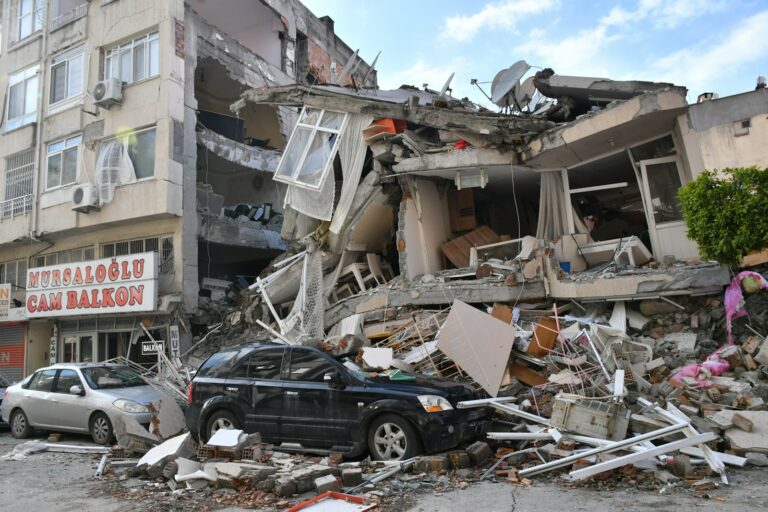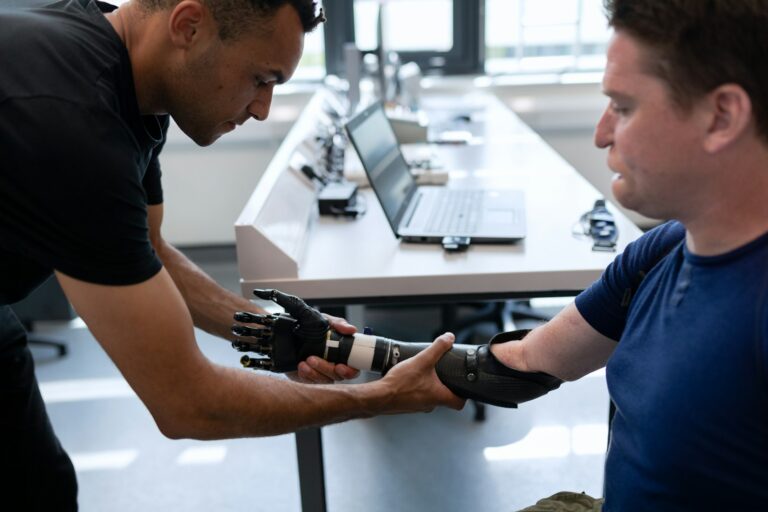Key Takeaways:
- The Rubin Observatory will release its first images in 2025, starting a 10-year mission to study dark matter.
- Dark matter makes up 85% of the universe but remains invisible and poorly understood.
- The observatory is named after Vera Rubin, a pioneering astronomer whose work revealed the existence of dark matter.
- Rubin’s discoveries showed that stars in galaxies move faster than expected, suggesting unseen mass affects their motion.
- The observatory will capture vast amounts of data to map galaxies and understand dark matter’s role in the universe.
A New Era in Space Exploration Begins
Imagine a universe where everything we can see – stars, planets, galaxies – accounts for just 15% of all matter. The remaining 85% is invisible, a mysterious material called dark matter. For decades, scientists have tried to understand dark matter, but its nature remains one of the biggest unsolved puzzles in astronomy. Now, the Vera C. Rubin Observatory is stepping into the spotlight to shed light on this cosmic enigma.
In January 2025, the Rubin Observatory will release its first images, marking the start of a 10-year mission to explore the universe like never before. Named after the trailblazing astronomer Vera Rubin, this observatory is poised to build on her groundbreaking work and reveal the secrets of dark matter.
Who Was Vera Rubin?
Vera Rubin was a pioneering astronomer whose work changed our understanding of the universe. In the 1960s, she discovered that stars on the edges of galaxies were moving much faster than expected. According to Newton’s laws of motion, these stars should slow down as they move farther from the galaxy’s center, just like planets in our solar system do.
But Rubin found the opposite: stars far from the center were moving just as fast as those closer in. This discovery suggested that galaxies are surrounded by a massive amount of unseen material. This material, now known as dark matter, exerts a gravitational pull that keeps stars in orbit.
Rubin’s findings were revolutionary, but they were met with skepticism at first. Many scientists struggled to accept the idea of dark matter. However, her work laid the foundation for modern dark matter research.
The Rubin Observatory’s Mission
Located in the Chilean Andes, the Rubin Observatory is equipped with the largest digital camera ever built – about the size of a small car. This camera captures images of the southern sky, documenting everything visible in unprecedented detail.
Every three nights, the observatory will take pictures of the sky, creating a time-lapse record of the universe. These images will reveal anything that moves, flashes, or explodes, such as supernovas, asteroids, and variable stars. Over time, the observatory will produce the largest survey of galaxies ever made.
The data collected by the Rubin Observatory will be staggering. It will generate about five petabytes of information every year – equivalent to 5,000 years’ worth of MP3 songs. This data will help scientists study the structure of the universe and the role of dark matter in shaping it.
Galaxies Hold the Key to Dark Matter
Galaxies are not randomly scattered across the universe. They are organized into a vast network, resembling a spider’s web or a tub of bubbles. This structure is influenced by gravity and dark matter.
The Rubin Observatory will expand on previous galaxy surveys, capturing billions more galaxies and providing more precise data. This will help scientists understand how dark matter shapes the universe.
One of the most powerful tools for studying dark matter is gravitational lensing. When light from distant galaxies passes near massive objects, such as galaxy clusters, it bends due to gravity. This bending, called gravitational lensing, reveals the presence of dark matter. The stronger the gravity, the more the light bends.
By studying these distortions, astronomers can map the distribution of dark matter across the universe.
The Discovery of Dark Matter
The concept of dark matter dates back to the 19th century, when astronomers noticed that Uranus was not moving as predicted by Newton’s laws. They hypothesized that an unseen planet, later discovered as Neptune, was influencing its path.
In the 1930s, astronomer Fritz Zwicky applied a similar idea to galaxies. He observed that galaxies in the Coma Cluster were moving much faster than expected, suggesting they were held together by unseen mass. Zwicky coined the term “dark matter” to describe this mysterious substance.
Vera Rubin’s work in the 1960s provided the first concrete evidence of dark matter. Her discovery that stars in galaxies move at constant speeds, regardless of their distance from the center, confirmed that dark matter plays a crucial role in the universe.
Vera Rubin’s Legacy Lives On
Today, Vera Rubin is celebrated as a trailblazer in astronomy. In 2019, the Large Synoptic Survey Telescope was renamed the Vera C. Rubin Observatory in her honor. In 2025, the U.S. Mint released a quarter featuring her, recognizing her contributions to science.
Rubin’s work has inspired generations of scientists. Her discoveries have shaped our understanding of dark matter and the structure of the universe. The Rubin Observatory’s mission will continue her legacy, providing new insights into the cosmos.
The Future of Dark Matter Research
The Rubin Observatory’s 10-year mission will give scientists unprecedented opportunities to study dark matter. By mapping galaxies and observing gravitational lensing, researchers hope to uncover the nature of this mysterious substance.
While dark matter remains elusive, the Rubin Observatory’s work will bring us closer to understanding its role in the universe. As Vera Rubin once said, “The universe is a pretty big place. If it’s just us, seems like an awful waste of space.”
With the Rubin Observatory leading the way, we may soon uncover the secrets of the unseen 85% of the universe. The journey to understand dark matter has just begun, and the discoveries ahead promise to be nothing short of astronomical.










